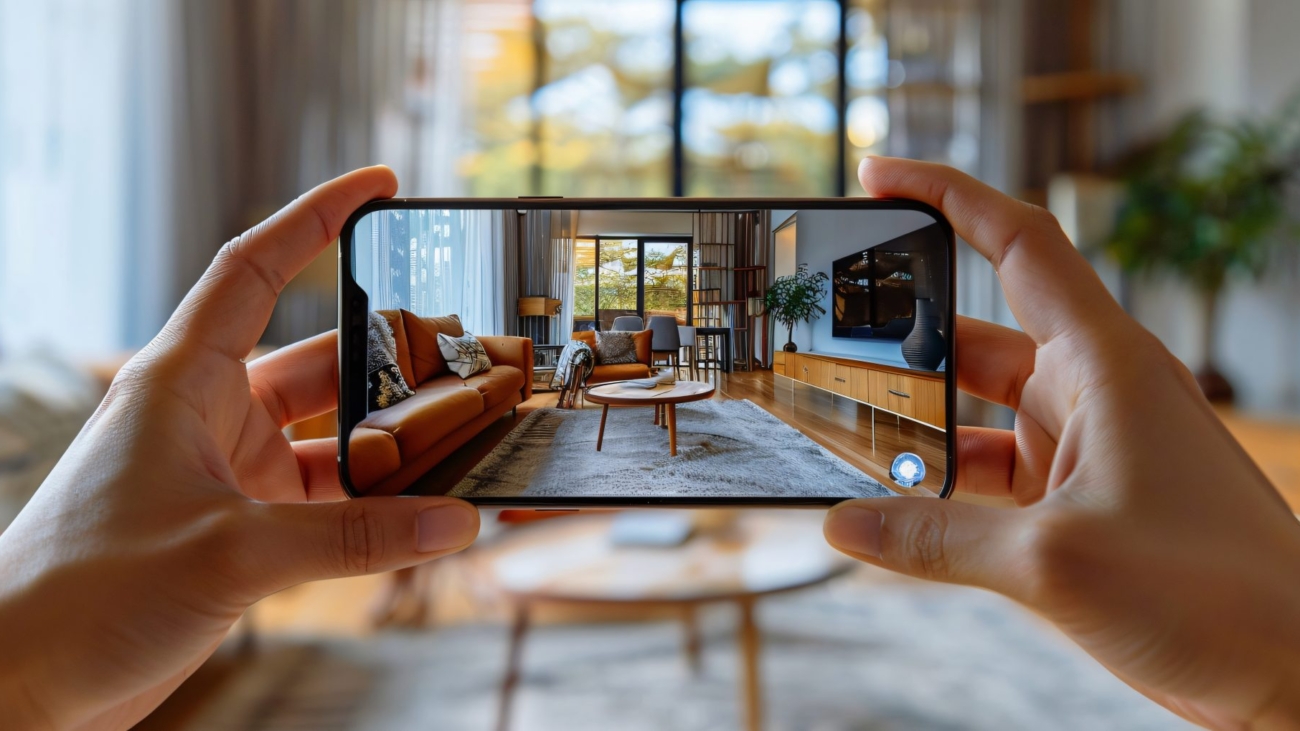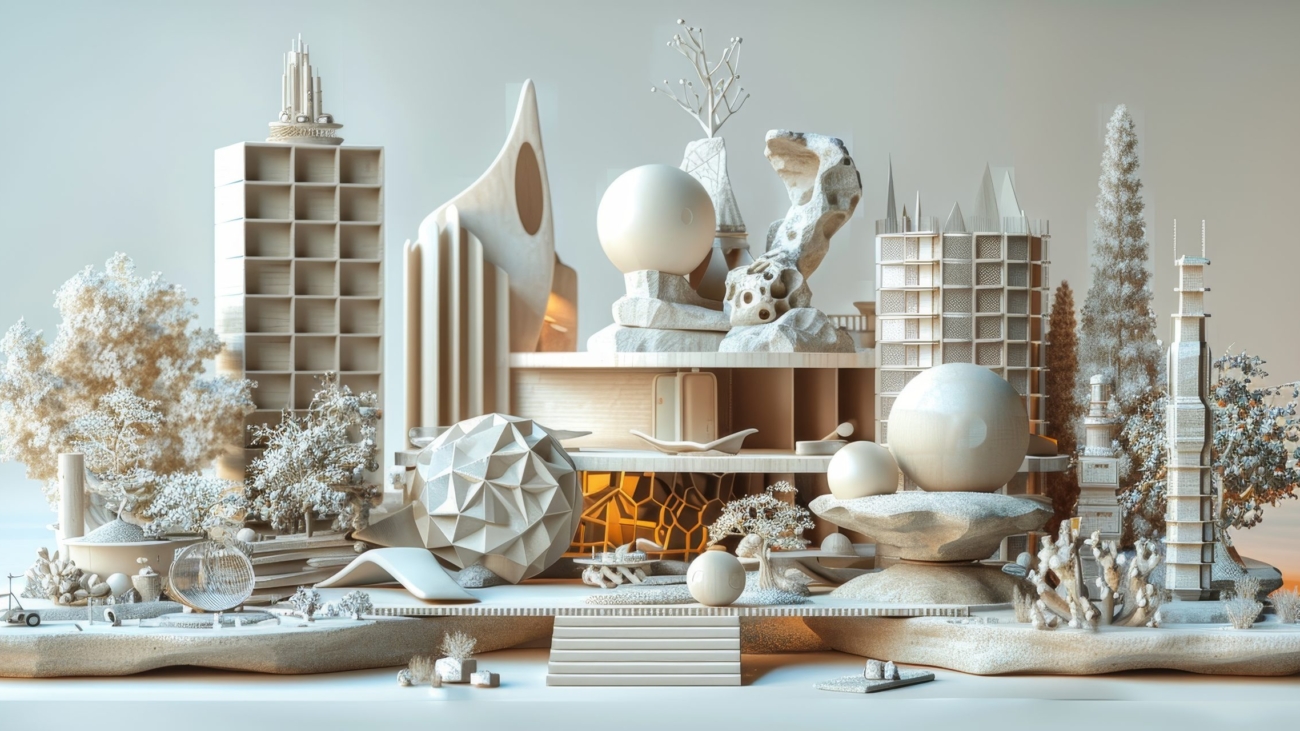When you buy an apartment in a housing society, one of the most important documents you need to understand is the housing society share certificate. Many people confuse it with a property ownership document, but it serves a different, yet equally crucial, purpose. A share certificate confirms that you are a member of the housing society and own a share in it. In simple terms, it reflects your stake in the society that owns the building—not direct ownership of the apartment itself.
In today’s digital age, many housing societies now offer the convenience of applying for share certificates online, making the process faster, smoother, and more transparent. Let’s explore everything you need to know about housing society share certificates.
What Is a Housing Society Share Certificate?
A housing society share certificate is an official document issued by the society that confirms an individual owns shares in the society. It establishes your membership and legal rights within the cooperative society, even though it does not directly denote flat ownership.
This certificate is essential for:
- Property sales – Required when selling your flat.
- Ownership transfers – Needed to legally transfer membership to another person.
- Home loan applications – Acts as proof of your stake in the society.
With digital advancements, many societies now allow members to apply online for their share certificates, providing ease and efficiency in accessing this key document.
Why a Housing Society Share Certificate Is Important
- Proof of membership – Confirms that you are a legal member of the society and part-owner of its cooperative structure.
- Essential for property transactions – Required when selling or transferring your flat.
- Legal documentation – Serves as a valid proof in property-related disputes or verification processes.
- Avoids delays – Without a certificate, property sales, registration, or legal clearances can be held up.
- Compliance verification – Confirms that you have completed all necessary formalities and received society approval.
- Represents your stake – Demonstrates your ownership share, ensuring voting rights and participation in society decisions.
Key Guidelines for Housing Society Share Certificates
- Issuance timeline – Certificates should be issued within six months of property registration or membership approval.
- Mandatory details – Must include the member’s name, flat number, number of shares owned, along with the society’s stamp and authorized signatures.
- Single original copy – Only one original certificate is issued per member.
- Lost or damaged certificate – Requires submitting an affidavit and FIR to obtain a duplicate.
- Share transfer rules – Any transfer, whether by sale, inheritance, or gifting, must be approved by the society and updated in the official register.
- Online applications – Members can apply online for convenience, but the final certificate must be printed, signed, and stamped to be legally valid.
- Record maintenance – The society must maintain accurate records of all certificates issued and transferred.
Following these rules ensures legal and financial transparency and prevents disputes.
How to Apply for a Share Certificate Online
- Log in to the portal – Use your registered email or number to access the society’s digital platform.
- Navigate to the share certificate section – Usually under “Documents” or “Certificates.”
- Fill in required details – Include your name, flat number, purchase date, and other necessary information.
- Upload supporting documents – Typically includes sale deed, ID proof, and maintenance receipts.
- Submit your application – Double-check your information before submitting.
- Society review – The society verifies your documents and approves the request.
- Receive confirmation – You may get an acknowledgement or tracking number.
- Collect the physical certificate – The final certificate must be collected in person for official stamping and signature.
Common Challenges and Solutions
- Delays in issuance – Often caused by incomplete documentation. Ensure all required documents are submitted properly.
- Lost or misplaced certificates – File an FIR and submit an affidavit along with a formal application to obtain a duplicate.
- Difficulty in transferring shares – Submit a formal transfer application with all proofs and ensure society approval.
What to Do If You Lose Your Share Certificate
Losing a share certificate may feel stressful, but the process is straightforward:
- File an FIR at the local police station and keep a copy for your records.
- Submit an affidavit stating the certificate is lost.
- Submit a formal application to the society.
- The society verifies details and may publish a notice before issuing a duplicate certificate.
Conclusion
A housing society share certificate is a critical document that validates your membership and legal rights within a cooperative society. While it does not denote ownership of the flat itself, it is essential for selling, transferring, or obtaining loans against the property.
With the convenience of online applications, obtaining a share certificate has become easier than ever. By following the correct procedures and maintaining proper documentation, society members can ensure legal compliance, transparency, and peace of mind.









